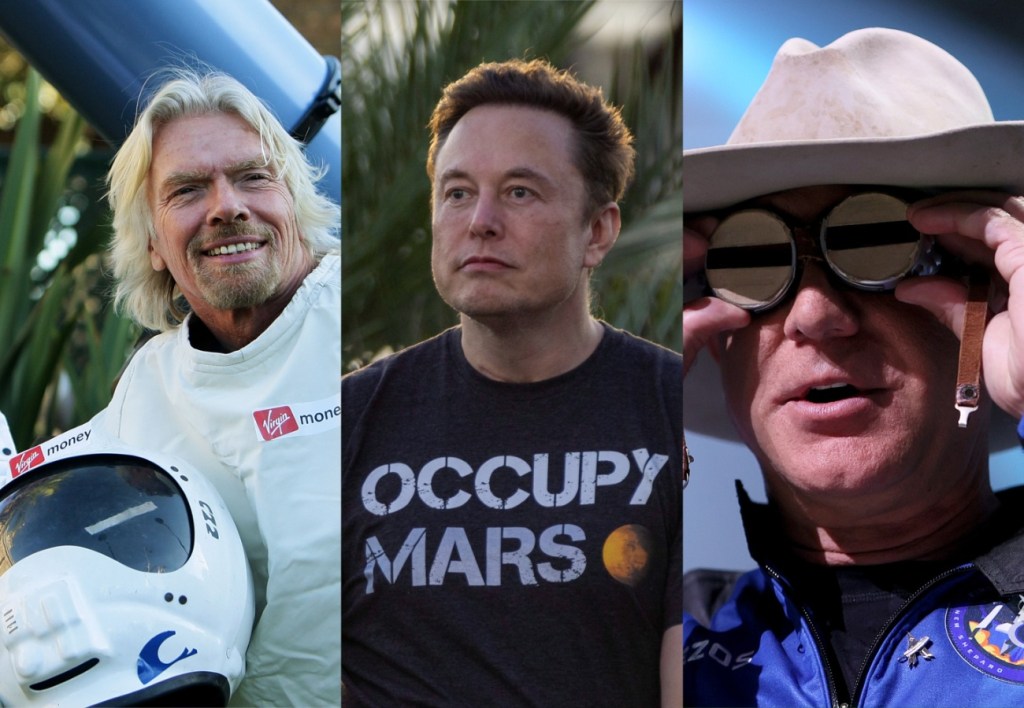How much does it cost to go to space? To answer this, we will explore the wonderful world of space tourism — the ultimate dick-measuring contest for billionaires with more money than anyone should ever even be capable of imagining, let alone owning (and yet still not quite enough to drown out how much they got bullied in high school).
Look, I’m not judging. If I had enough money to buy even one rocket, you can bet your sweet left cheek I’d be blasting off to the Moon and Mars and whatever yet-to-be-rendered simulated reality lies beyond.
But I don’t, so I’m doing the next best thing and writing this article, joining you, my fellow pleb, in wondering from the sidelines while those megalomaniacs blow obscene amounts of cash to spend a few minutes giggling in zero-G (I want that so bad).
Enough from me. Let’s get to the main event. Just how much does it cost to go to space? Well friend, it ain’t cheap. In 2023, the global space tourism market size in terms of revenue reached US $747.1 million (AU $1.15 billion), and it is estimated that the value of the space tourism industry will reach US $3 billion (AU $4.63 billion) by 2030. Let’s explore further, shall we?
Exploring the cost of space travel
Once upon a time, space travel was the domain of real heroes, men and women going bravely where no human has gone before, all for the benefit of mankind. But now, thanks to the pissing match between billionaire space bros, even the most unqualified rich asshole can buy their way into orbit.
4 factors affecting space travel prices
Several factors contribute to the mind-blowing costs of space tourism:
Distance and destination
Are you after a quick outing to the very beginning of space or a multi-day stay on the ISS? The farther you go, the more expensive it gets. Suborbital flights typically reach altitudes of 50–100km, while orbital flights soar to heights of over 300km (the ISS orbits the Earth at around 370–460km). That extra distance comes with a hefty price tag.
Technology and infrastructure
Sending humans to space safely requires cutting-edge tech, armies of engineers, and facilities straight out of a Bond villain’s wet dream. In 2020 alone, private space companies invested a record US $8.9 billion (AU $13.7 billion) in space technologies. But hey, you can’t put a price on the ego boost of having your own spaceport, right?
Competition (or lack thereof) among space companies
With only a handful of players in the space tourism game, these companies have free reign to charge whatever the hell they want. Right now, about a handful of private space companies offer tourist flights. It’s not like you can hop on Google Flights and find a better deal.
Demand and supply dynamics
Apparently, there’s no shortage of rich dudes willing to fork over millions for a cosmic joyride. In a 2020 survey, 39% of high-net-worth (US $5 mil+) individuals expressed interest in paying US $250k (AU $386.4k) for a space tourism flight. Supply, meet demand — the economic principle that keeps the space tourism gravy train rolling.
Cost breakdown of leading space tourism companies
So, what are the going rates for a ticket to space these days? Here’s a rundown of the most prominent space tourism companies and their gut-punch prices.
Virgin Galactic
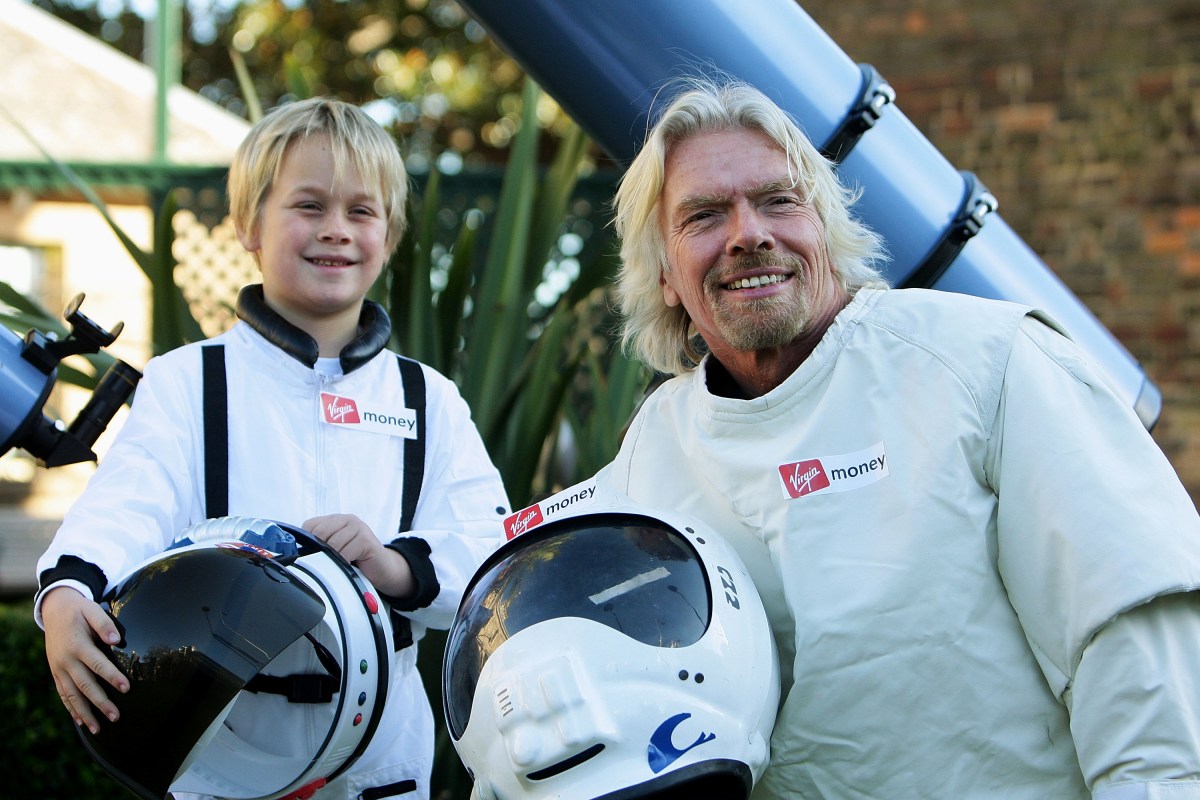
Richard Branson’s space project will strap you into the VSS Unity for a 90-minute suborbital flight. For a mere US $450,000 (AU $695.4k), you’ll get a few minutes of weightlessness and bragging rights at the next Davos circle-jerk. As of last year, around 800 people have already forked over deposits for a Virgin Galactic flight.
Total cost = US $450,000 (AU $695.4k) per seat.
Blue Origin
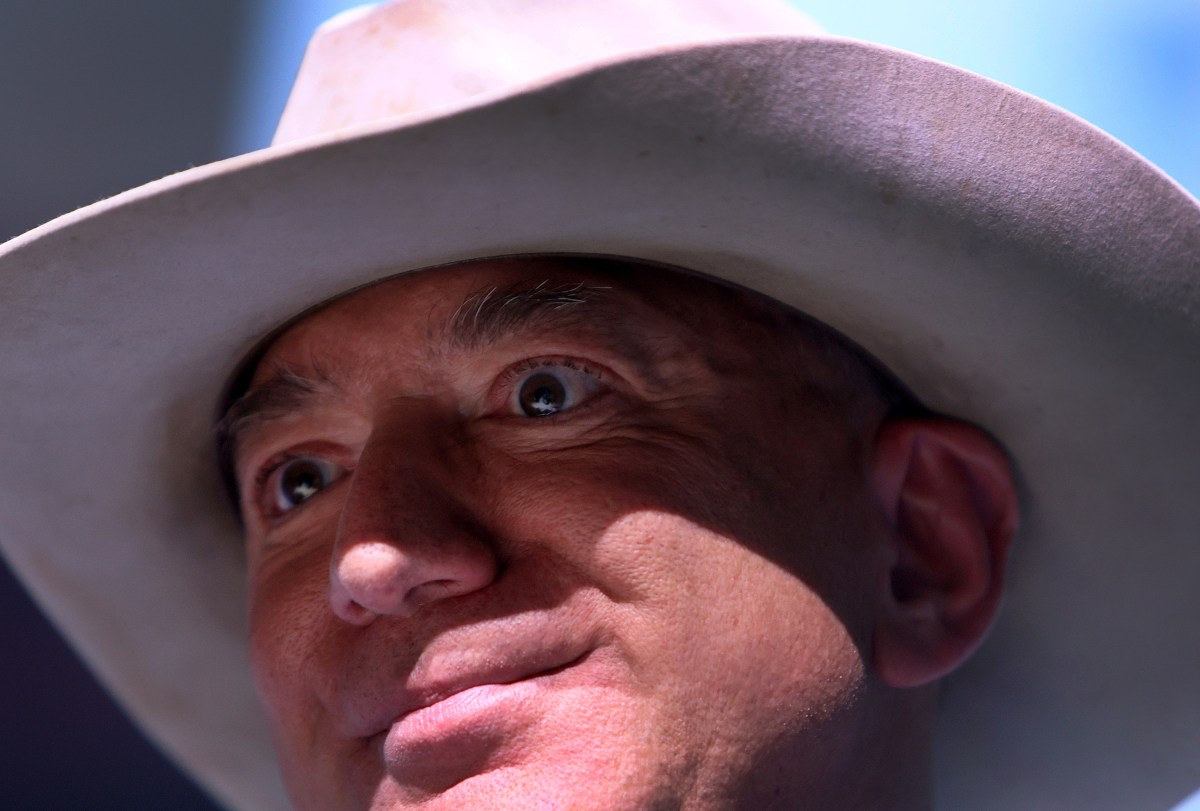
Not to be outdone by Branson, Jeff Bezos offers his own suborbital flights on the New Shepard rocket. You’ll soar past the Kármán line, AKA the “OK yeah shit I’m definitely in space now oh shit” boundary, before parachuting back to the Texas launchpad.
Prices for a seat range from absolutely free (for certain honourable guests like the daughter of astronaut Alan Shepard, whom the New Shapard rocket is named after) to a wild US $28 million (AU $43.2 million). Passengers have ranged from 90-year-old William Shatner (also an honourable guest) to an 18-year-old Dutch physics student whose father forked out the US $28 mil (no matter how hard you work, you can never compete with daddy’s money). Oh, and let’s not forget the bug-eyed, weirdly-jacked Mr Amazon himself, who flew on the inaugural flight in 2021.
Total cost = up to US $28 million (AU $43.2 million) per flight.
SpaceX
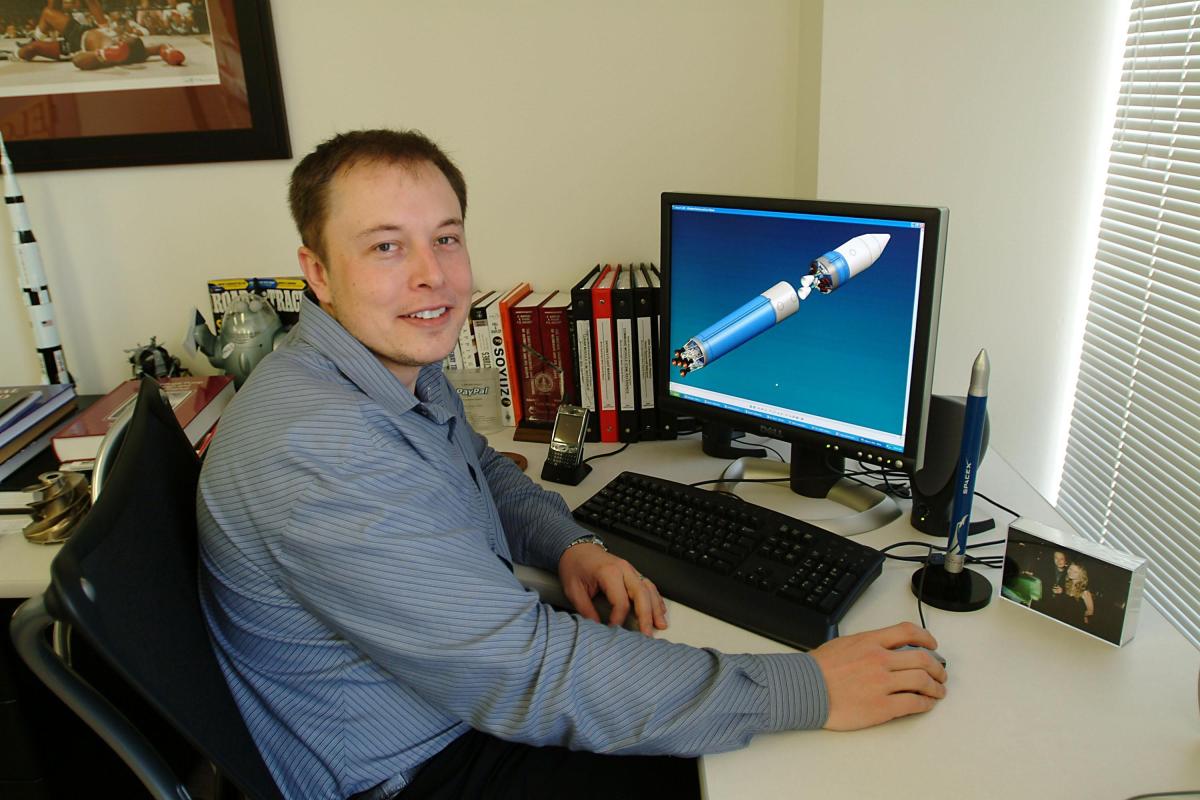
Elon Musk, everyone’s favourite ket-demon, offers full-on orbital flights to the ISS in his SpaceX Crew Dragon capsule in partnership with Houston-based Axiom Space. For the low, low price of minimum US $50 million (AU $77.2 million), you can spend days playing astronaut, taking space selfies, and praying the thing doesn’t go up in flames while locking you in like a bloodthirsty Tesla. One can only imagine the enlightening conversations on board.
Total cost = US $50 million (AU $77.2 million) per seat.
Roscosmos
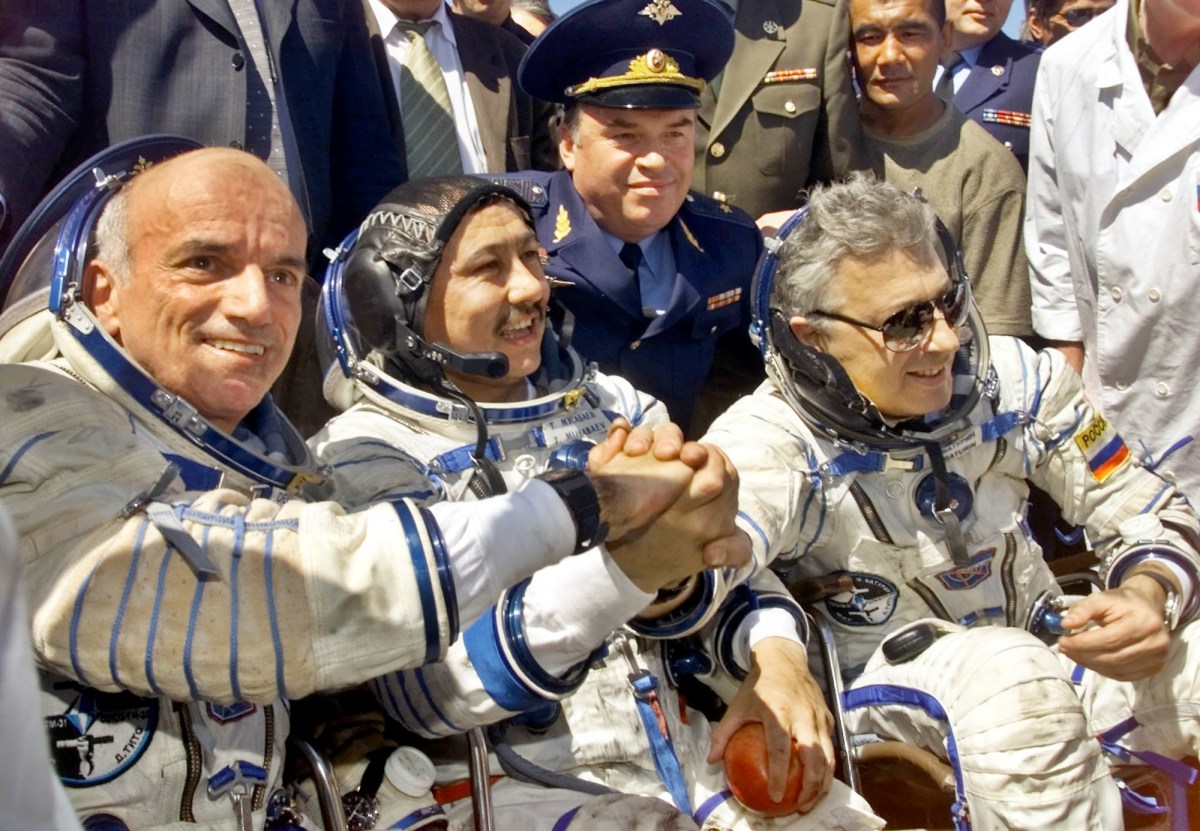
The great capitalist state of Russia has been selling trips to space since 2001. Back then, Dennis Tito paid a cool US $20 million (AU $30.9 million) to blast off in a Soyuz rocket from a dusty Kazakh spaceport.
Since then, a handful of paying customers have flown up into space aboard a Russian Soyuz spacecraft in partnership with US space tourism company Space Adventures, paying between US $20–35 million (AU $30.9–54 million) per seat.
Total cost = US $20–35 million (AU $30.9–54 million) per person.
Orion Span
But why settle for a measly few days in space when you could blow US $9.5 million (AU $14.6 million) on a 12-day stay in “the first luxury space hotel“? Orion Span promised private suites, gourmet meals, and even spacewalks. The catch? The hotel doesn’t didn’t actually exist at the time the claims were made — and it still doesn’t exist to this day. But hey, what’s a little vapourware when you’re selling dreams to people with more dollars than brain cells?
Total cost = US $9.5 million (AU $14.6 million) per person (it’ll never happen though).
Comparing costs across providers
As you can see, the prices for a space ego trip vary widely depending on just how big of a swinging dick you want to be. Virgin Galactic is the “budget” option at US $450K (AU $695.4k) per seat, respectively, while SpaceX will happily relieve you of US $50 million (AU $77.2 million) for an orbital adventure.
Analysing price variations
Suborbital flights are cheaper than orbital ones, because duh, it’s almost like travelling hundreds of kilometres into the deep dark is more expensive than just kissing the edge of space. A Virgin Galactic flight costs about 9% of a SpaceX orbital trip. Who knew? (Now you do).
Cost-effectiveness of different space travel options
Blue Origin might give you the most bang for your mega-buck, but really, quibbling over a few million here or there when you’re already spending millions is like worrying about the price of caviar on your superyacht.
Future trends and predictions
Thanks to reusable rockets, the sheer cost of launching a rocket into space have fallen dramatically in recent years. Today, a SpaceX rocket launch can be 98% cheaper than a Russian Soyuz ride cost in the ’60s, and even in the last decade, the cost of launching a spacecraft has become 10 times cheaper than a decade ago. Soon, every tech bro with an IPO windfall might be able to afford a quick lap around the planet.
Projected changes in space travel costs
As more companies join the space race and technology improves, prices could drop even further. Some analysts predict that by 2030, the cost of a suborbital flight could fall to around US $100,000 (AU $154.5k). So basically, it’ll still be a rich person’s game for the foreseeable future. But hey, chin up. Maybe one day, space travel will be as accessible as, say, flying first class! (So basically, we regular schmucks can keep dreaming).
Future viability of space travel for the masses
Will space tourism ever be affordable for the average Giuseppe? Probably around the same time we solve world hunger and cure cancer. But hey, a pleb can dream. While the rich frolic in the weightless tranquillity of the great void, the rest of us will just have to settle for watching live streams and scrolling through space selfies on Instagram.
So there you have it. If you’ve got millions weighing your pocket down and an insatiable need to be better than your neighbour, step right up! We’ll be down here on Earth, we can’t wait to hear all about it.
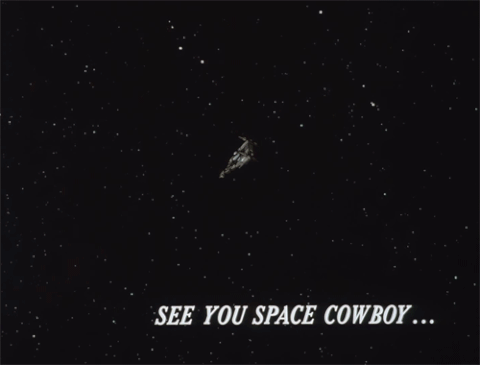
Images: Getty





